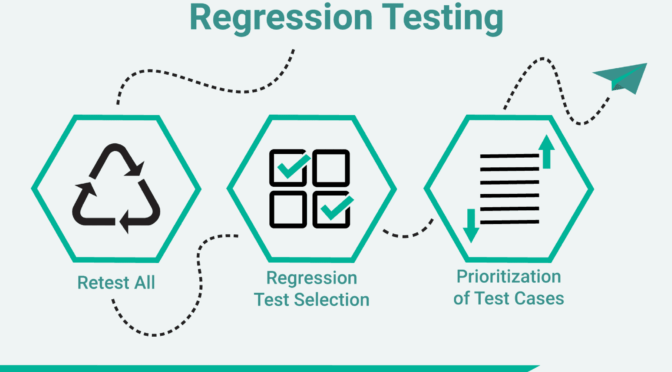AI (Artificial Intelligence) and ML (Machine Learning) are the cool new kids on the block in tech. They are being integrated into many verticals and are impacting our daily quality of life. You can find many practical examples in existence such as Netflix’s movie recommendation, Amazon’s product recommendations, home automation, and even self-driving cars. In regards to software companies, more specifically, QA testers are wondering how AI is transforming software testing.
“In brief, AI is transforming software testing by not only automating manual tasks but learning of changes and automatically adapting. This helps save time which reduces costs. It can also point out signals for managers to make better data-driven decisions.”



